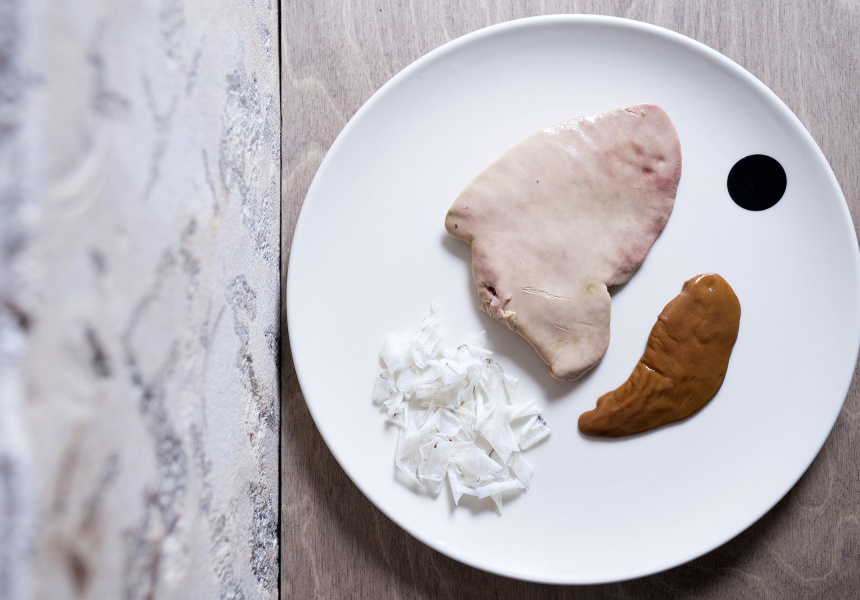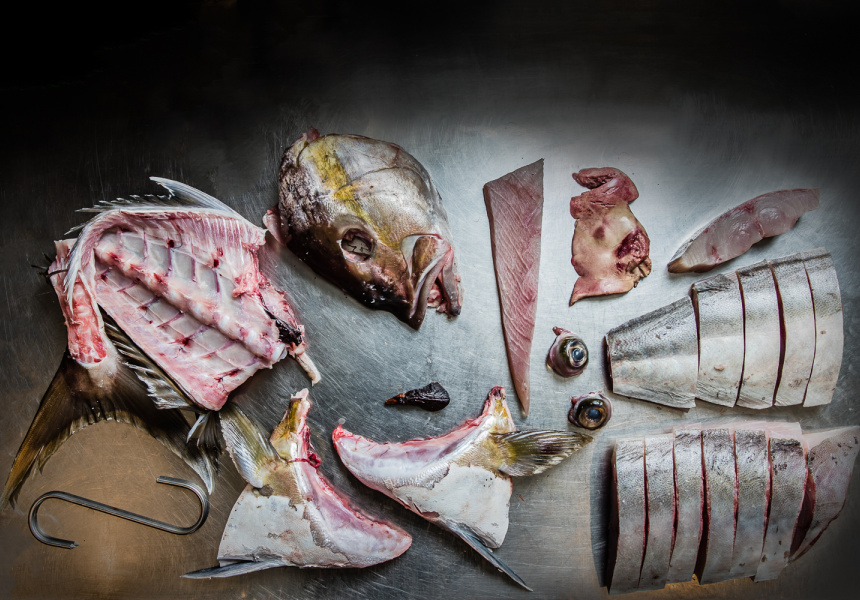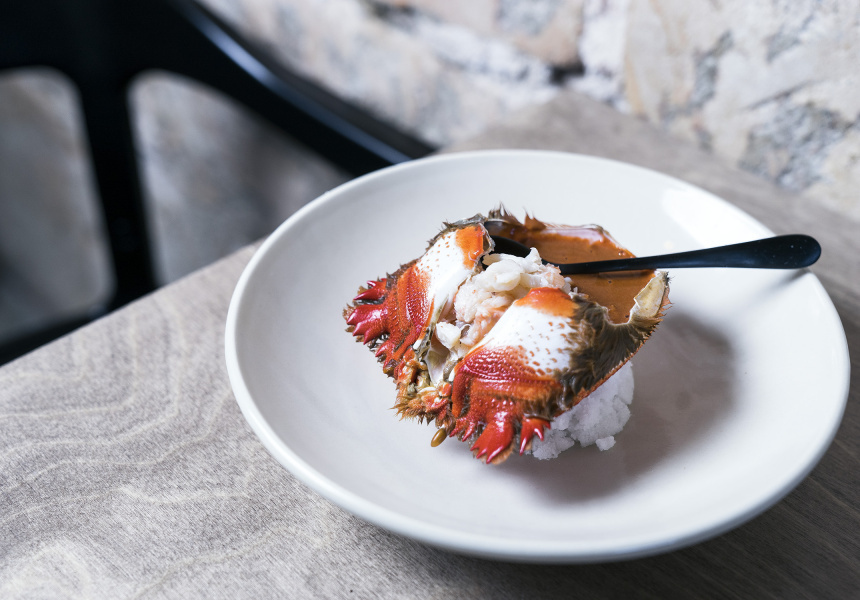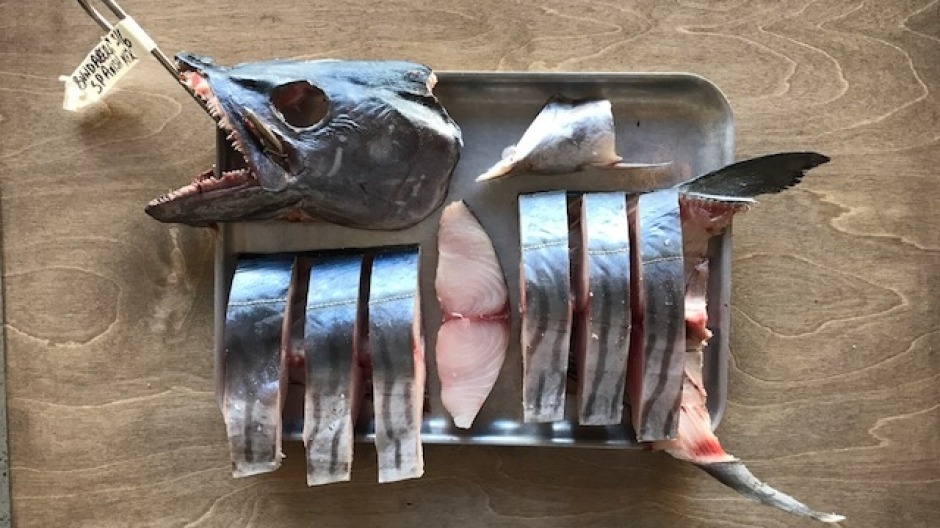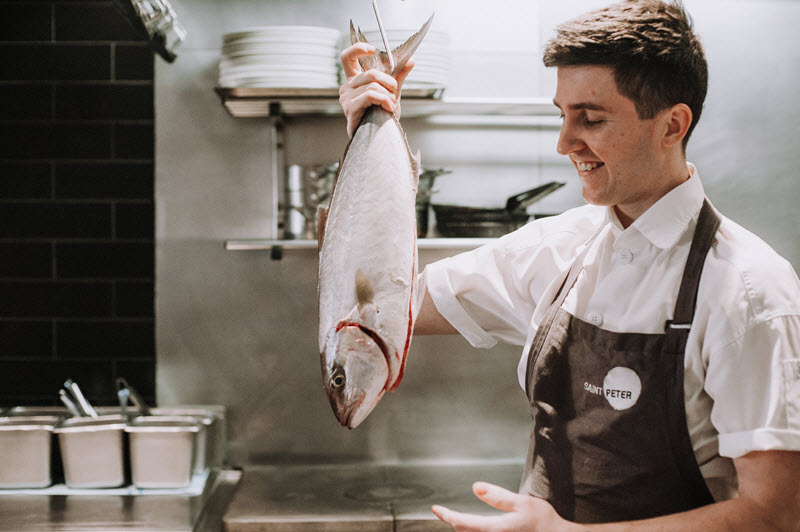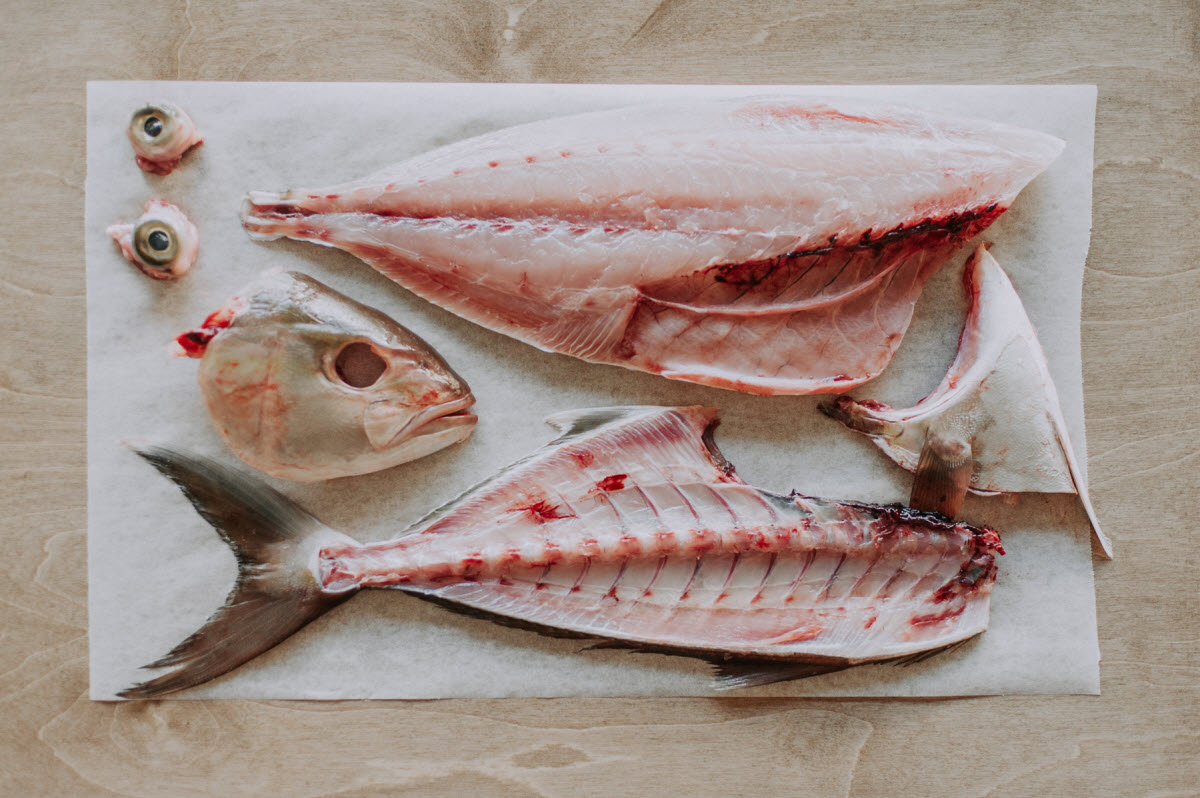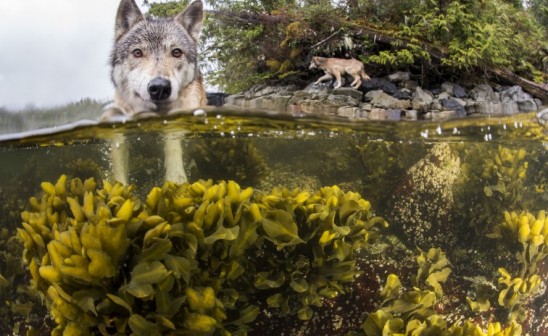Preparing and cooking fish everyday is a privilege and something I don’t take for granted. We all need to make good decisions when purchasing, storing and cooking our fish.
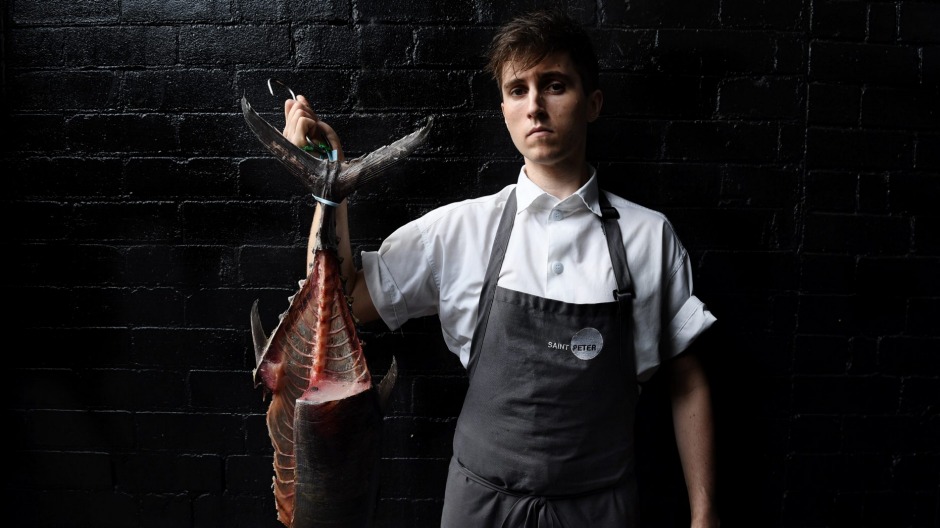
In September 2016, Chef Josh Niland and his wife Julie opened Saint Peter, a small fish eatery in Paddington, Sydney, where meals are driven by his childhood connection to the wonders of cooking. As a 8-year-old kid, Josh suffered from a serious illness that made him regularly missed school. Entertainment and excitement were often found in cooking shows and recipe books. Today, Saint Peter is an early dream come true, realized through creativity, dedication and passion. We had a chat with chef Josh Niland to learn more about his inspirations, his sustainable approach and the importance of offering seafood sourced from Australian waters.
What did come first : your passion for cooking or your fascination for seafood?
A passion for cooking definitely came before my infatuation with fish. What fascinated me about fish though, from quite early on, was how difficult it is to wok with & the level of care that is involved from sourcing/ storing/ butchering & cooking. It was a challenge and that intrigued me.
Over the years, you’ve been working for chefs like Steve Hodges at Fish Face. Who ignited your passion for seafood?
Stephen was a unique individual amongst many that really got me excited about Australian seafood. He was so deeply passionate about his work that, after the time we worked together, I realized I had picked up a truly unique and original skill set that is now the real platform I stand on as a chef.
A couple of years ago, you opened Saint Peter, a seafood restaurant in Sydney's Paddington, with your wife Julie, one of Sydney's most promising young pastry chefs. Tell us a bit about your new adventure and your restaurant’s mission.
Julie and I opened Saint Peter, an Australian Fish Eatery, with a desire to reimagine fish preparations, cooking techniques and methods of storage with the information and technology now available in 2018. The restaurant represents 10 years of Julie & I being together. Every meal, every experience we have ever had, has been rolled up and then articulated into what we love most about a restaurant. Our sustainable approach sees the majority of our fish line caught by unique fishermen all around Australia. Our kitchen utilises the whole fish. We now have a recipe for every part of the fish (except the gall bladder). All our seafood is sourced from Australian waters. We are really proud of Saint Peter and what we have accomplished so far.
Tell us more about the products you use and the fish you offer… Why is it important to have a sustainable approach on a daily level as a restaurant?
Sustainability is a broad word with multiple meanings. The sourcing of sustainable fish species is so critical at Saint Peter as there are so many fish being too heavily fished for their popularity or convenience in the market place. When we purchase fish from either the market or direct from fishermen, we never choose what exact fish we take. I ask for the best and most sustainable which are ideally line caught species, and in turn usually means we receive the very best. When you work with your suppliers like this then you will always get great diversity in species but also good prices as you are taking what was caught today or yesterday. The other part to the word sustainable comes in the form of minimising food waste. Fish is a very expensive commodity, and to run a 34 seat restaurant efficiently and adhere to strict food costs, there must be a plan for the whole fish not just the glamorous 40%!
We appreciate this philosophy of sustainability. How do you make sure no part of the fish goes to waste?
It has taken trial and error to make the organs of a fish desirable and delicious to a western palate. Ten years ago, when I cooked myself a fish liver on toast with a little parsley, I thought it was brilliant and wondered why isn’t this on everyone’s menu. That dish still remains a favorite among with the fish eye chips, utilising the roe in a raw or cured state, smoked heart, cured spleen, fish stomach sausages, caramelised fish heads, glazed fish throat, salt & vinegar scales, fish blood pudding, fish fat salted caramels, etc. It’s all about thinking about the many recipes and methods that can be applied to an animal and applying them to a fish. Basically, if it doesn’t taste delicious, it does not make the menu.
You technique of dry-ageing fish is very interesting. Tell us a bit more about the concept.
Dry ageing of fish is something that I did out of necessity at Saint Peter. Prior to opening, I knew I wanted to buy the best fish I could and knew that the fish would need to be stored in the correct environment. Our fish fridge sits between 0 and 1 degree at the restaurant. It’s not as if this cabinet is magical and any fish that goes in will come out 2 weeks later with an incredible flavor profile. So much of the ageing process of fish depends on the raw product on day one and how you handle the fish. If all those variables are carefully looked after and the conditions are consistent throughout that maturation stage then, because of moisture loss, you will find nuances in the flavor profile of the fish that may not have been present on days 1 to 5. We intend to explore further ideas around dry ageing when we open our fish butchery this April.
Give us an insight of what your menu looks like.
Our menu is very simple: it consists of up to 8 oysters at the top of the menu, then 3-4 small dishes using the like of sea urchin, fish offal and other shellfish, then a further 2 or 3 entrees. We then have 5 main courses with one of the dishes always being a fish and chips. Desserts are simple: lemon tart, custard tart & a selection of a few Australian cheeses that I love. The menu changes every service and is totally dependent on what I can get my hands on. It is likely certain dishes gain popularity and then, due to weather or season, they change. This is always the tricky part letting down customers that have come specifically for a certain dish. But over the past 18 months, our customers know how to use Saint Peter and appreciate the everyday broad offering of fish.
You have a very nice way to show your dishes on Instagram. Would you say social medias are crucial in promoting sustainability?
Most of the staff at Saint Peter and some of my friends disagree with me when I say I put down 50% of the success of Saint Peter to Instagram. In the beginning, I just wanted people to see what I had the privilege of seeing everyday, and it caught on fast. I hope my photos inspire chefs, home cooks and anyone really to value and appreciate excellent fish and be proud of what we have available to us in Australia.
How do you envision the future of food, fish and seafood?
I believe there will definitely be a broader understanding of fish and how to utilise the whole fish in a commercial setting. I do hope the curriculum in culinary colleges are adjusted to break the 60/40 logic of loss & yield for a round fish and start explaining to young chefs that the possibilities are endless. I do though believe there will be challenging times ahead with declining stocks in some species around the world. One can only hope that the farmed fish industries and unique individuals line catching and other innovative methods continue to excel and provide Australians and the world with beautiful fish. Preparing and cooking fish everyday is a privilege and something I don’t take for granted. We all need to make good decisions when purchasing, storing and cooking our fish. Hopefully, Saint Peter can aid in some way towards this future. In the long term, I hope to make a difference in a culinary sense to the way we work with fish from fishermen to table.
Discover more of Saint Peter Restaurant on their website.


